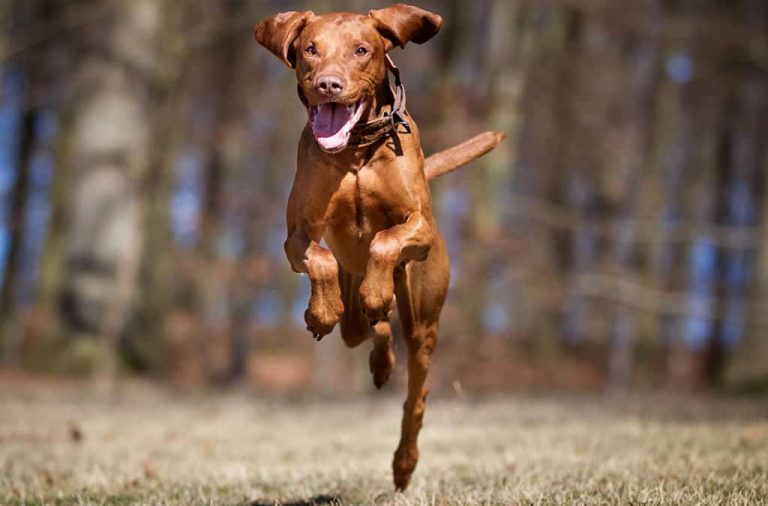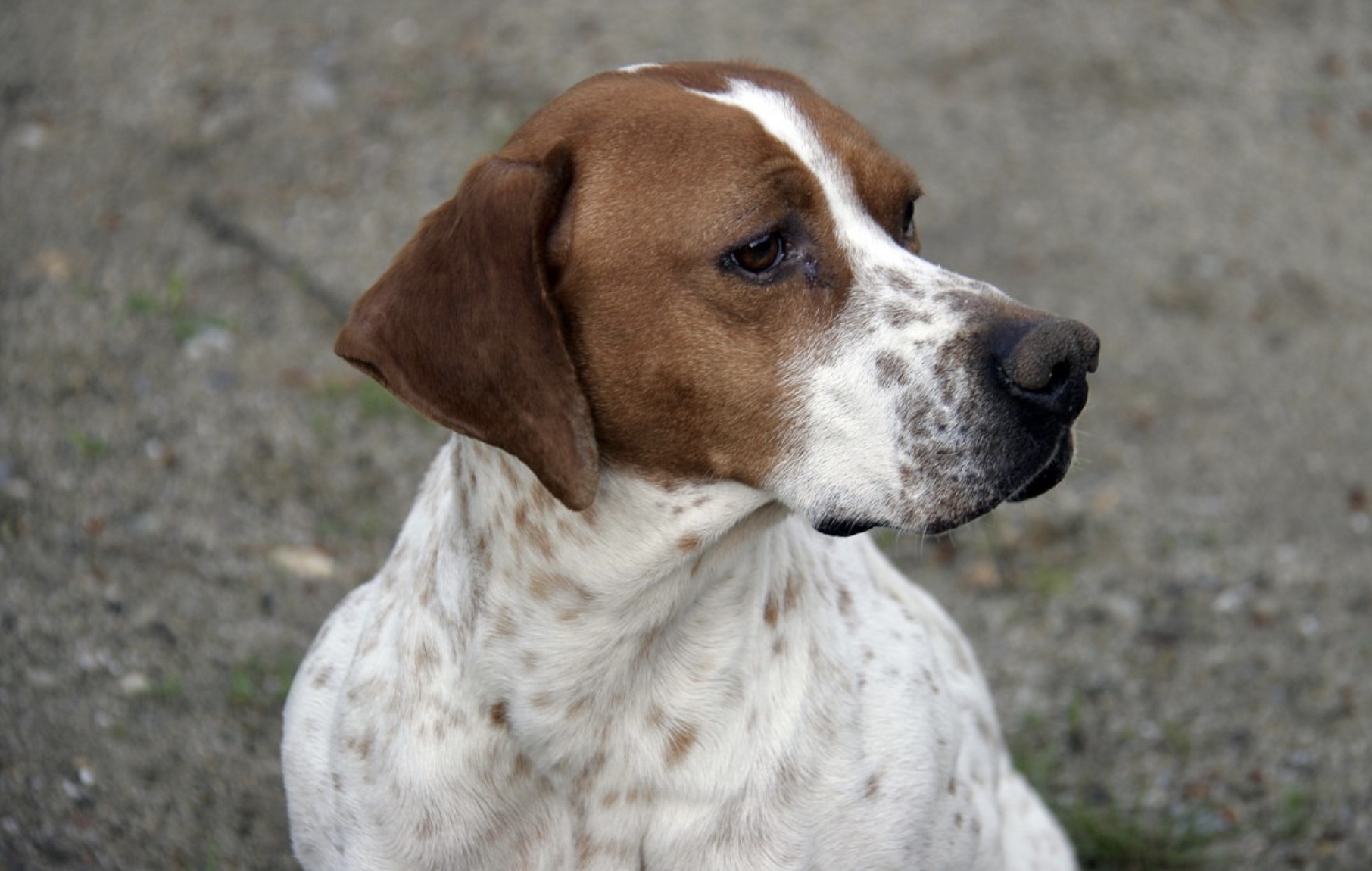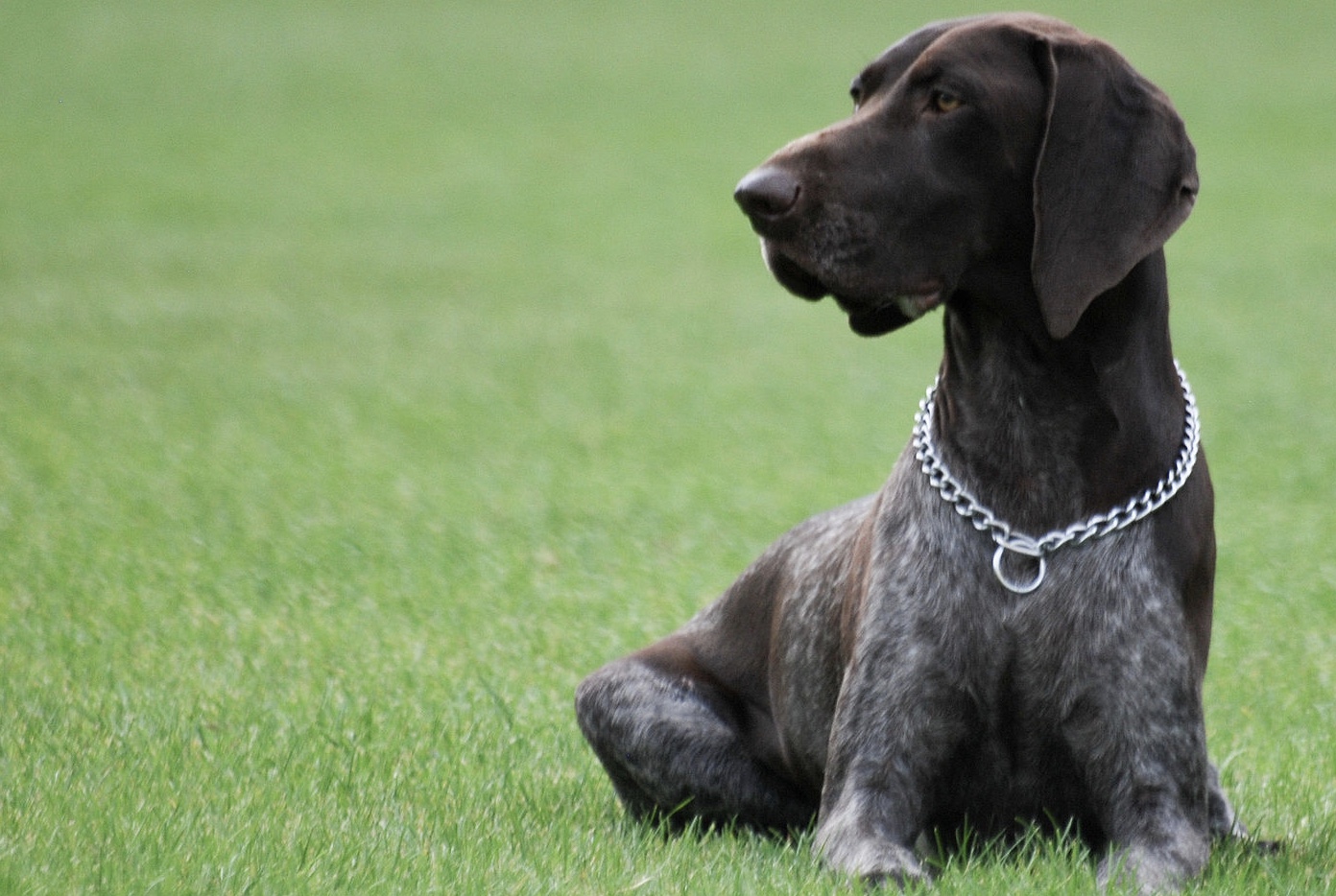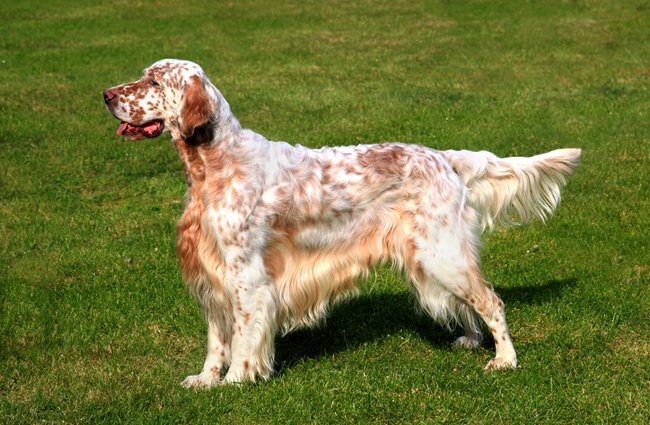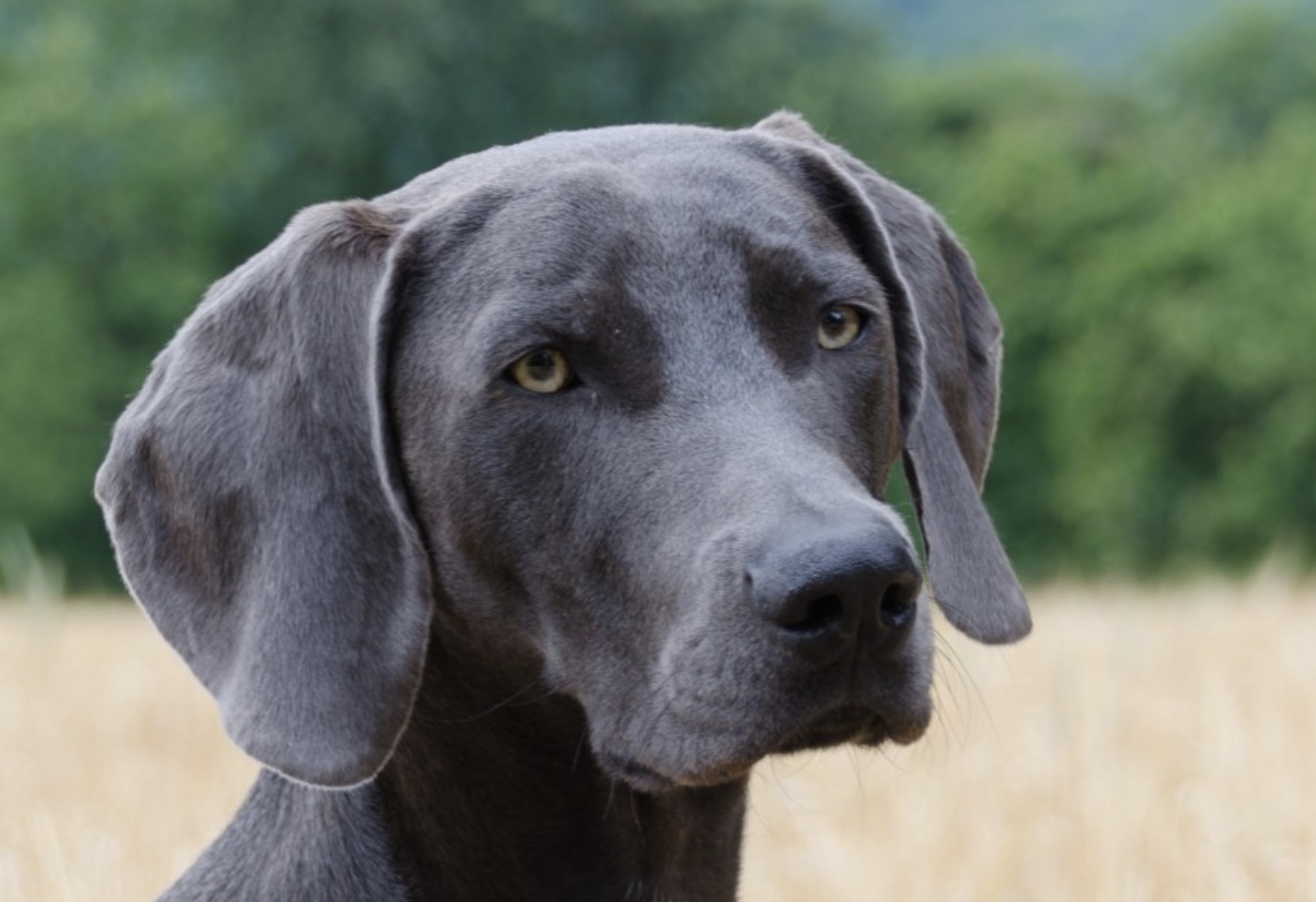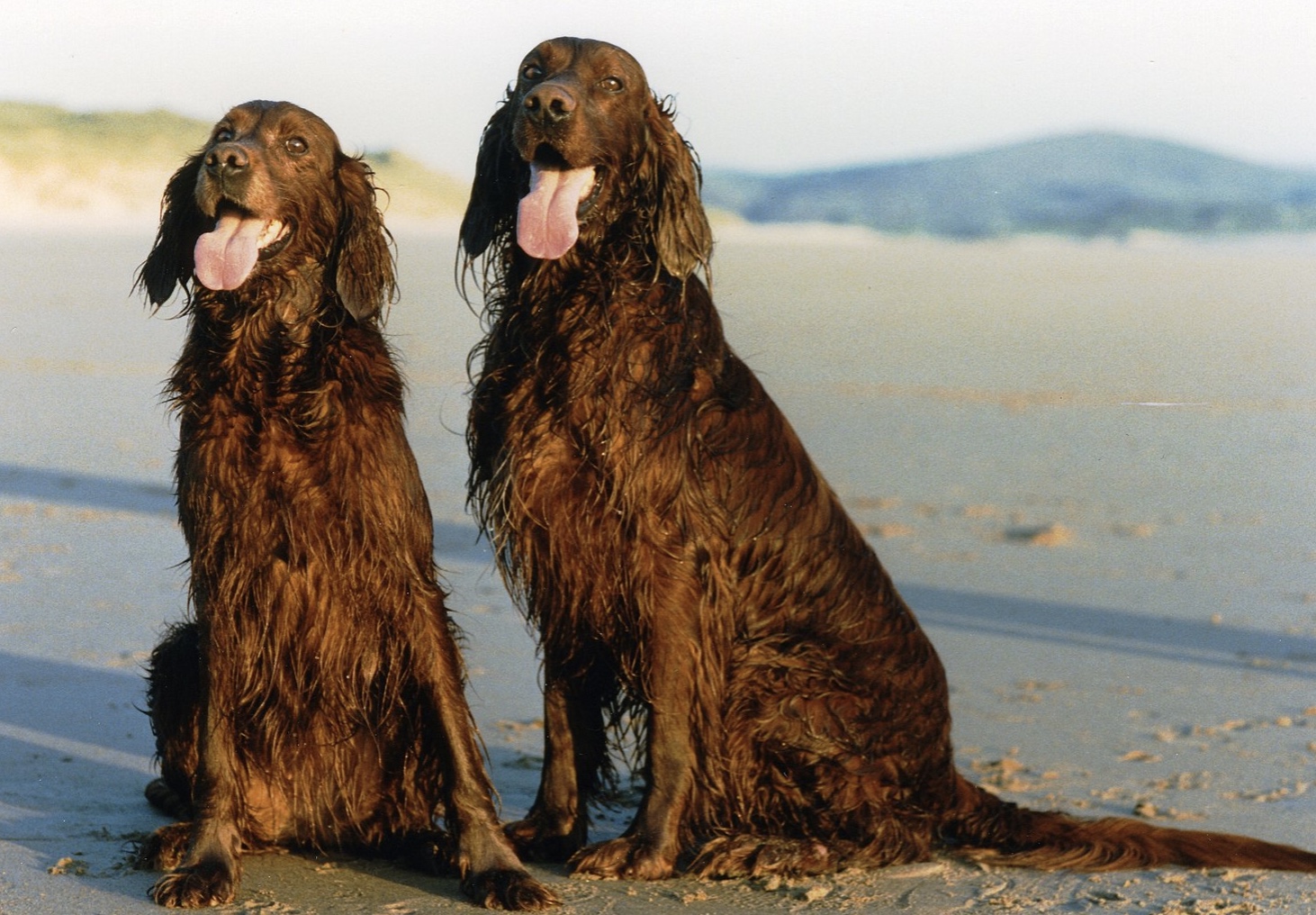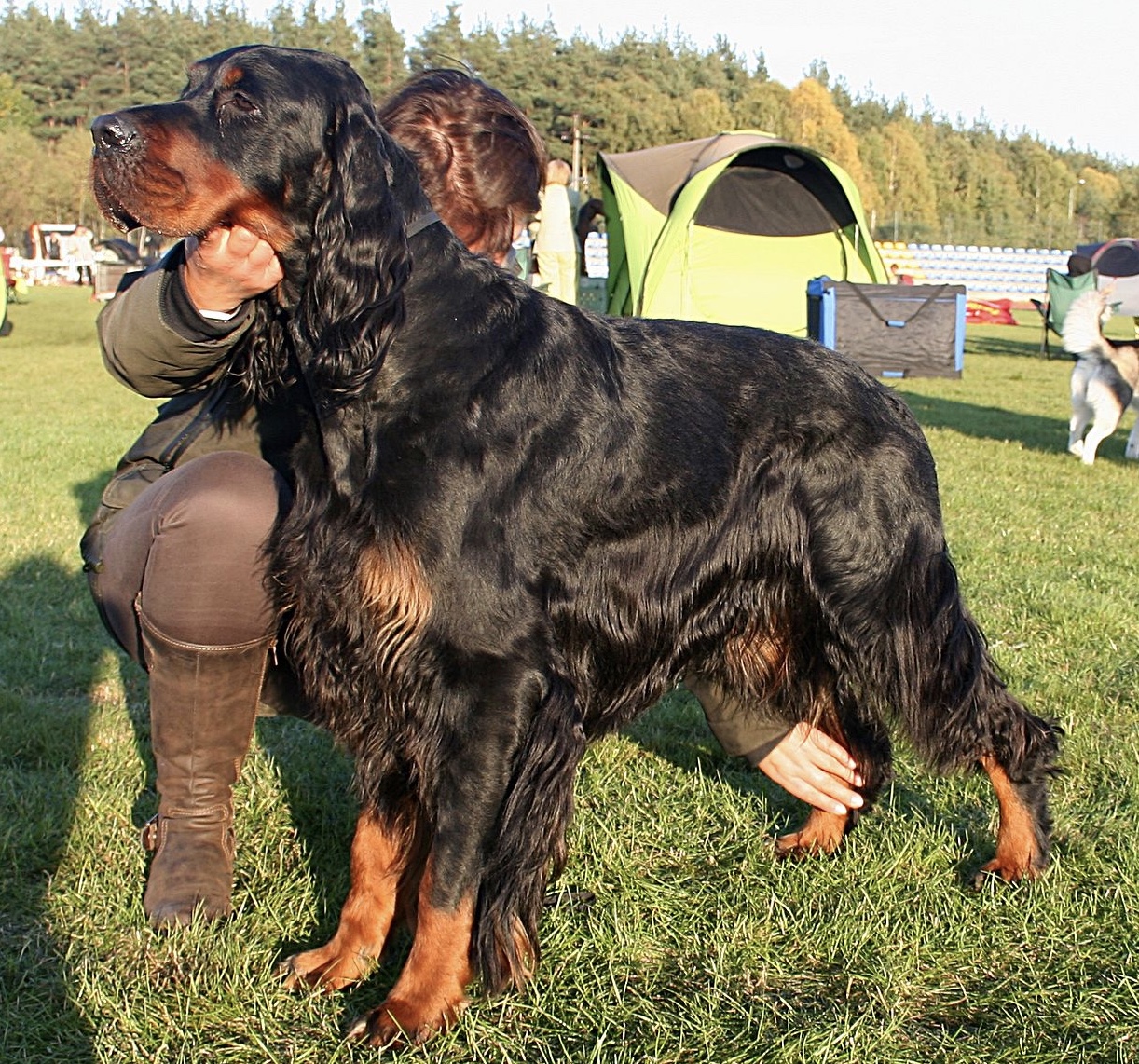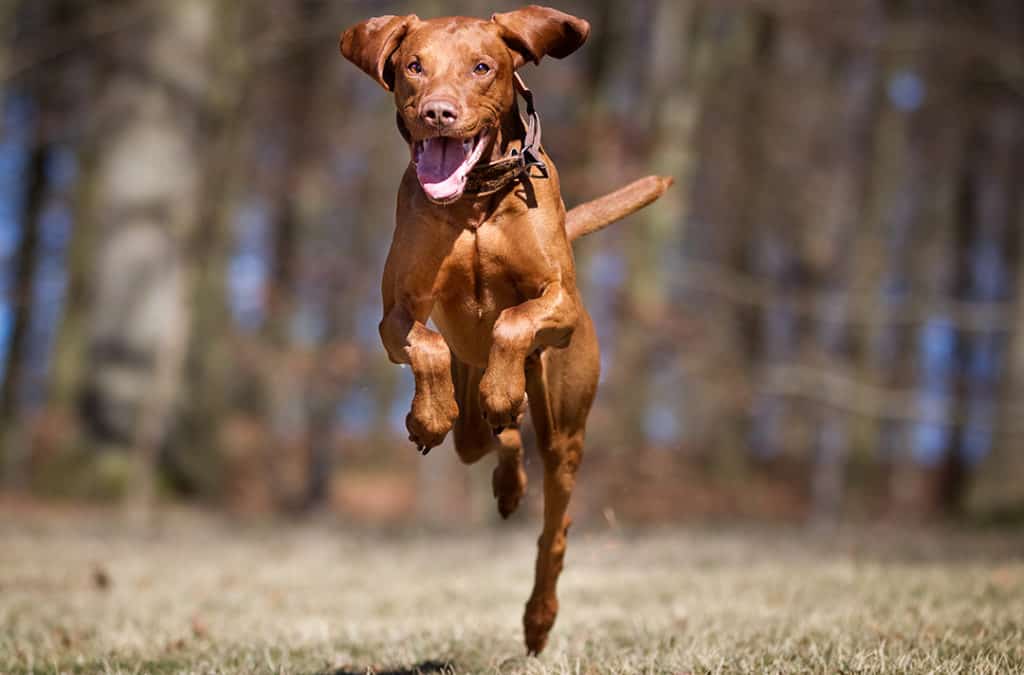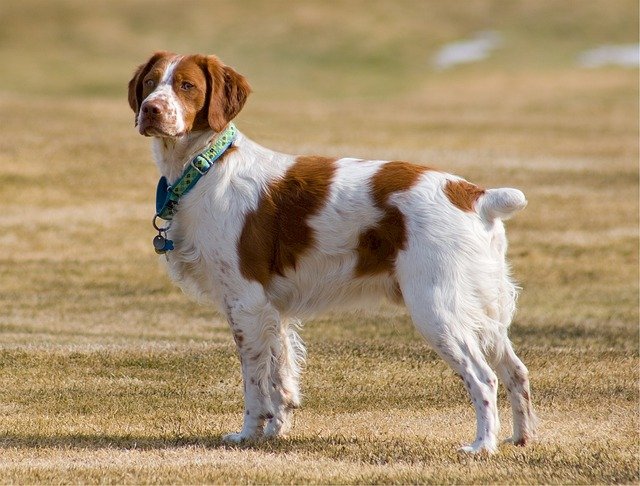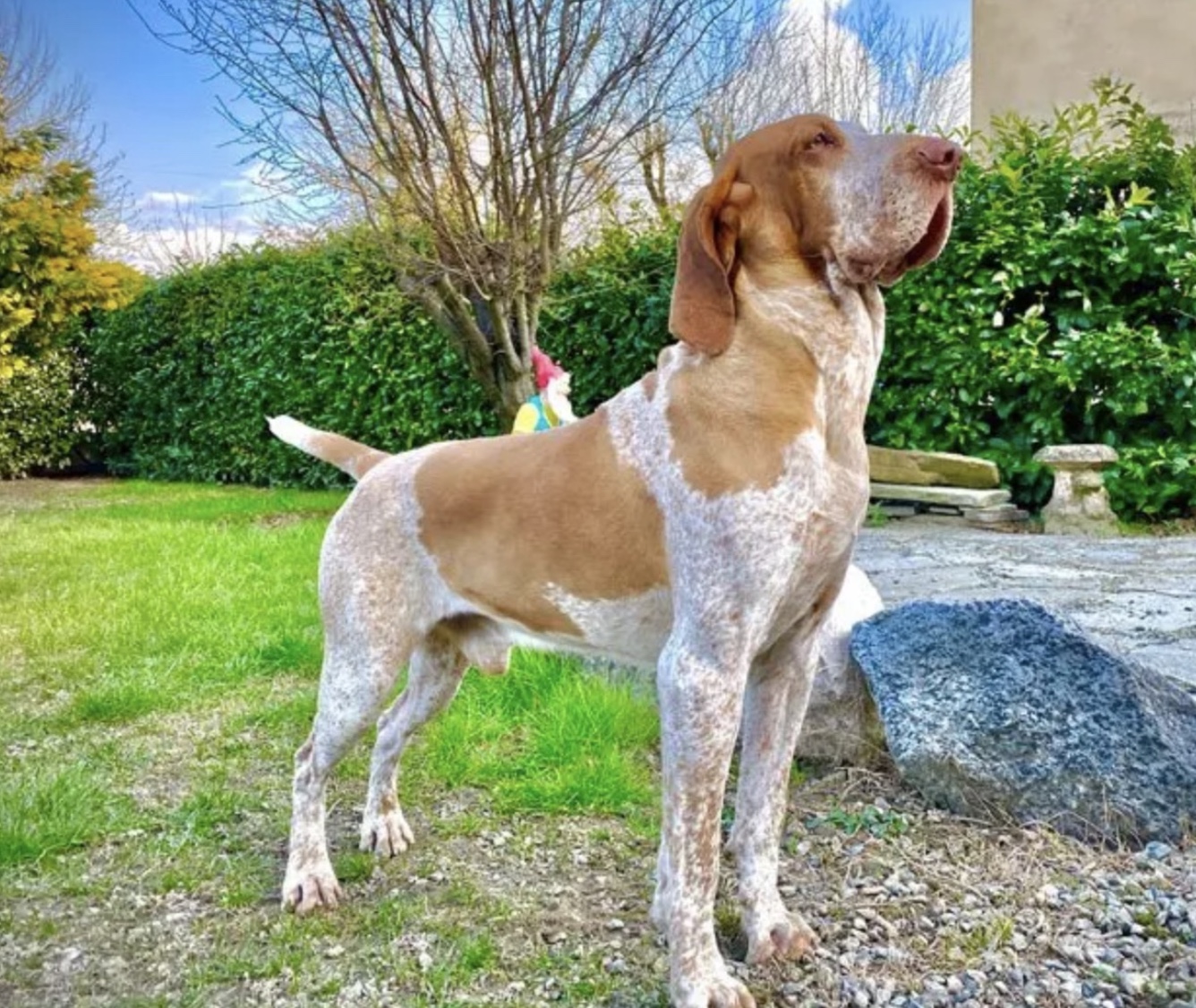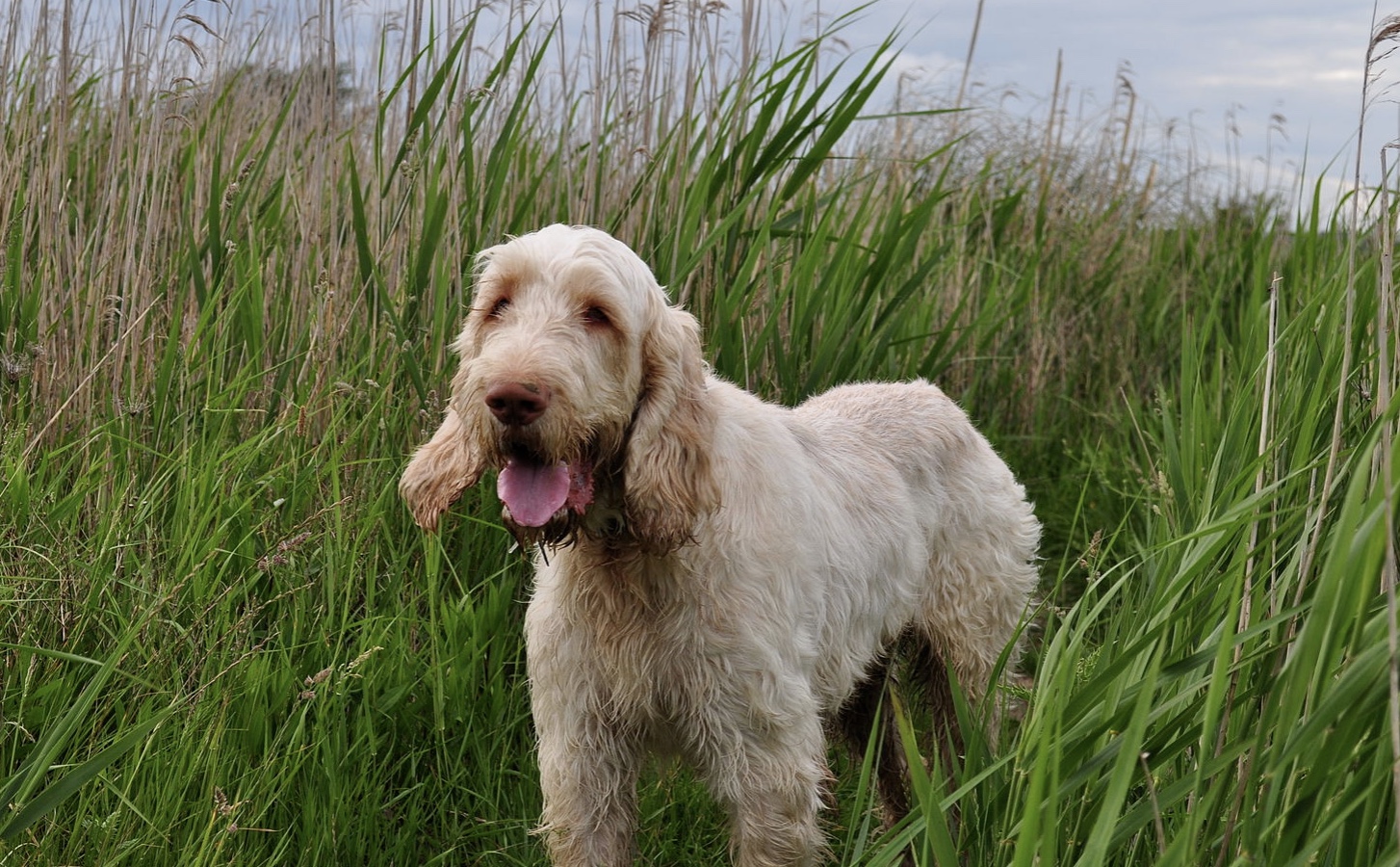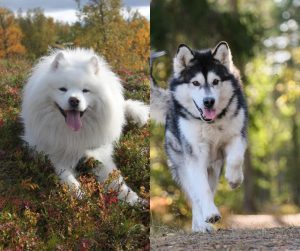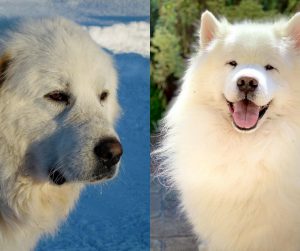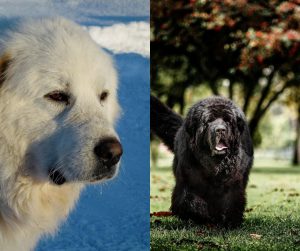Pointing dogs are sometimes referred to as bird dogs. They are a type of gundog typically used in finding game. There are many different types of pointer dogs.
The name comes from the dog’s instinct to point by stopping and aiming its muzzle towards game. It shows the hunter the location of their quarry and allows them to move into gun range. Over the years, pointers have been selectively bred from dogs who had abundant pointing and backing instinct. They usually show that instinct at two months of age.
Owning a pointer dog is not a privilege, it is a responsibility. That applies to any dog, to be honest. Dogs depend on us for, at minimum, food, and shelter.
History of Pointing dog breeds
According to some historic records, all different types of pointer dogs have descended from dogs from Spain, particularly the Old Spanish Pointer.
They were originally used by hunters who netted the game. The pointing dog would freeze or set (as in setter), and then allow the hunter to throw the net over the game before it flushed.
We have to mention flushing dogs as well. They, on the other hand, were used by falconers to flush game for the raptors.
Classified as a versatile gun dog, or versatile gun dog breeds, they are sometimes referred to as HPP breeds. That stands for hunt, point, and retrieve.
Why do we need this distinction? Well, because versatile breeds were developed to find and point game as all pointing breeds, they could also perform other hunting tasks.
At that point, the British developed breeds specializing in pointing, flushing, and retrieving from land or water. In continental Europe, the same dog was trained to be able to perform each of these tasks.
Unlike purebred dogs of pointing breeds and setting breeds, versatile dogs were bred for working in dense cover. Traditionally, they have docked tails.
Can You Teach a Dog to point?
Many dogs can be taught to point. Yet, only a few breeds are considered actual types of pointer dogs. Why? Because they instinctively in pointing.
For many years, pointing dog breeds have been ratting out game. They have become an indispensable companion for bird hunters.
Nowadays, pointing dogs make wonderful companions even if they only hunt for a bag of treats.
With that in mind, here are some popular types of pointer dogs.
Types of Pointer DogsX
English Pointer
Typically, when people talk about pointers, the English pointer is the dog they refer to. They are called English pointers because their ancestry dates back to the 17th century in England.
This puppy weighs between 45 and 75 pounds as an adult dog. Nowadays, they might be pure dogs, but back in the day, they were bred by mixing Greyhound, foxhound, bloodhound, and bull terrier.
They were bred for hunting, but they are versatile in the field. Often, English pointers are referred to as bird dogs. They are experts at retrieving and honoring. The latter means a dog will not walk in front of another while it is in a pointing stance.
If you get it as a pet, this dog is not-aggressive, making it a good addition to a family with children and other animals. They do need regular exercise.
German Shorthaired Pointer
One of the most common types of pointers, the German Shorthaired pointer was developed in Germany in the 1800s. He is quite similar to the English pointer, standing at 21 to 25 inches at the shoulder and weighing between 45 and 60 pounds.
Females are shorter and lighter than males. With its powerful legs, the GSP can be used for hunting game on both land and in water. They have webbed feet because they were used to retrieve waterfowl.
Nowadays, the German Shorthaired pointer is a great family dog. Same as his English cousin, he needs a lot of space to run around and exercise.
English Setter
There are pointing dogs and setting dogs. The English Setter falls into the latter group, but he is still a pointing dog. These svelte, lanky animals, have long coat that is speckled.
They are considered pointing dogs, but they do not really point. Instead, they set, meaning they freeze in place upon spotting the prey. Often, this is in a standing or crouched position.
Used to find a covey of birds, the English setter will set then whey find the birds. After receiving a command from their dog owner, they will chase, sending the birds into the air so the hunter can shoot them.
When you own them as a pet, the English setter can be highly trainable and eager to please. Yet, some individuals show stubbornness and strong will. Because they are sensitive animals, positive reinforcement is much more effective.
Weimaraner
You might not think of the Weimaraner as a pointing dog at first glance. But this silvery gray sporting dog was developed even before the German Shorthaired pointer. Developed in Germany in the 1600s, it is a pointer dog that was also used for hunting and retrieving game.
They are a bit bigger and taller than any other pointing dog breed. Their signature feature is the famously amber or blue-gray eyes.
Weimaraner makes a wonderful pet.
Irish Setter
Back in the day, England and Ireland were two rival countries. The English had their English Setter, and the Irish developed their Irish Setter.
This pointer dog breed started as a regular English setter, but by 1845, people began noticing that the setters from Ireland have red or chestnut coats.
They soon began recognizing them as a distinct breed. Another difference is they are smaller than their British cousins.
As a pet, they are friendly and over-excited. They might not be ideal for a home with small pets. And they can also be too enthusiastic around small children. Do not leave them alone, since they will probably destroy something.
Gordon Setter
Let’s round out the tour of the United Kingdom with a dog from Scotland. There, this black and tan pooch was developed in the 19th century. Compared to other pointer breeds, they are the biggest, weighing up to 80 pounds.
This breed also has a famous history. They were an early champion, namely Alexander Gordon, the Fourth Duke of Gordon. Because he was a huge fan of dogs, he founded kennels devoted to breeding the Gordon Setter.
As house dogs, they make excellent pets. Loyal to a fault, you need to spend time early in socialization to avoid behavior problems. Gordon setters are energetic and love to play. Another benefit is they mature slowly, so you can expect to have a puppy until your dog turns four years of age.
Just be careful when you let them go off-leash. Gordon setters can ignore the world once they find a scent trail.
Vizsla
The common name for this dog is Hungarian pointer. Vizsla is a versatile, elegant, and affectionate dog. Every part of their body is lean. They stand out from other hunting dogs because of their amber, almost rusty golden coats.
They have a solid color through and through. What makes them excellent dogs is their outstanding stamina. They can keep up a trotting pace for extended periods of time.
So, if you are a family or dog owner who loves going for bike rides and runs, Vizsla is a great companion.
Brittany
The name might suggest this dog comes from Britain, but it actually has a French origin. Developed in France between the 17th and the 19th century, they are often referred to as spaniel.
But their characteristics are more in the spirit of a pointer or setter. Their floppy ears and bright eyes make them a beautiful and unique dog.
Unlike other pointing dogs, they can be shy. Early socialization is a must for Brittany.
Bracco Italiano
Commonly known as the Italian pointer, Bracco Italiano has roots back to the 5th century. This breed, also known as the Italian hound, is one of the oldest pointers in Europe.
It wasn’t until the 20th century that a dedicated breeding program revived the numbers of the breed, using two Bracco varieties, one from the Piedmont region and one from the Lombardy region.
This pup tends to be more docile at home than other pointing breeds. He is gentle and affectionate and loves forming strong bonds with his family members.
Spinone Italiano
Let’s finish off the list with another Italian pointing breed. This puppy comes from the Piedmont region and got the name from the thorny “spino” undergrowth they had to negotiate when hunting.
While this is a rare pointing dog, its numbers have increased lately.

